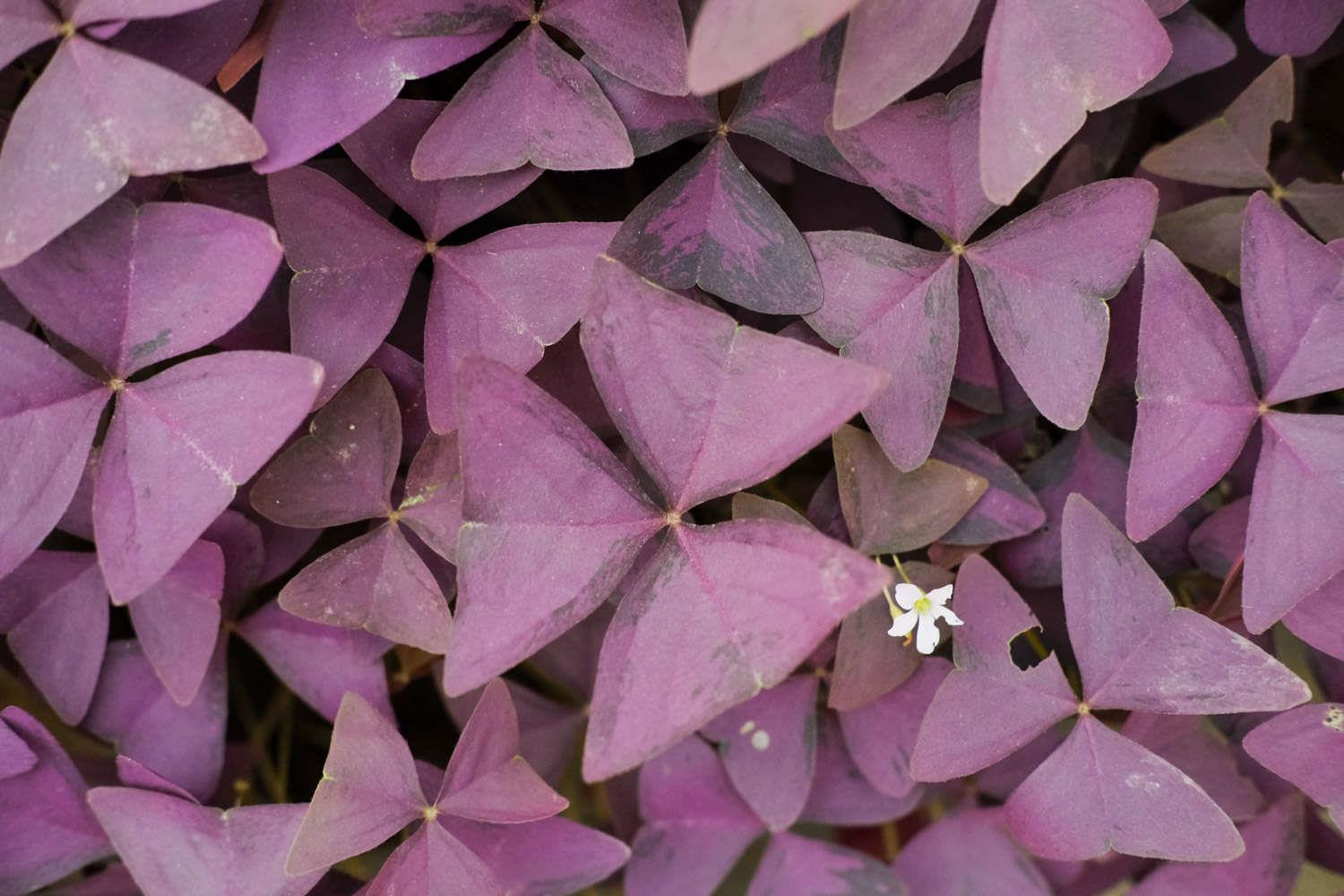How to care for the newly purchased purple-leaved wood sorrel
Last Update :2024.11.15
Article Catalog
1. How to care for the purple sorrel you just bought
Purple-leaved wood sorrel will not immediately enter its normal growth state when it is first purchased. At this time, it will take some time for it to adapt to these changes. At this time, you can place it in a place with soft light and a temperature of approximately 16°C-22°C for maintenance. At present, it is not advisable to water too much, usually once every 3-4 days. There is no need to fertilize it for the time being. Just wait for it to adapt to the environment and then give it a normal growth environment.

1. How to care for the purple sorrel you just bought
1. How to care for the newly purchased purple-leaf wood sorrel
After purchasing the purple-leaf wood sorrel, first choose a comfortable potting soil environment for it. Most of the choices of potting soil are: Loose, fertile, well-drained, moderately acidic soil is best. There is no need to water and fertilize frequently for the time being, just give it proper light and ventilation, and put it in a warm environment for slow potting.

2. Specific Breeding method
1. Light: It likes light, but when you first buy it, it has not adapted to the new environment. You need to put it in a place with soft light for maintenance first, and then gradually provide it with light. Adequate light. It should be noted that it cannot be placed directly under strong light to avoid the leaves being burned. Purple-leaved wood sorrel has a strong phototaxis. During maintenance, it should be placed on the balcony or windowsill. The position of the plant should be changed frequently to allow it to receive even light all around.
2. Temperature: It likes a warm environment. When you first buy it, you can place it in an environment with a temperature of about 16℃-22℃ for maintenance, which will help it adapt better. New growing environment. It is not cold-tolerant and will stop growing when the temperature falls below 10°C, and the leaves will wither at 0°C. Therefore, during winter maintenance, attention must be paid to the temperature not falling below 0°C, and it is best to keep it above 5°C.

3. Watering : It likes a humid environment. Watering should adhere to the principle of "don't water it dry, water it thoroughly". You can water it once a day in spring and autumn to keep the soil moist but not waterlogged. When the temperature reaches above 30°C in summer, the plants are in a semi-dormant and dormant state, so watering must be controlled. You can spray some water around the area and pay attention to ventilation. When the temperature drops below 10°C in winter, be sure to water dry rather than wet to prevent the bulbs from rotting.
4. Fertilization: It prefers fertilizer, but it does not need to be fertilized when it was first bought. After it returns to normal growth, you can start fertilizing again. Under normal circumstances, nitrogen, phosphorus and potassium compound fertilizer can be applied once a month. When fertilizing, attention should be paid to the concentration. Excessive concentration will burn the bulbs and affect growth. When fertilizing, do not splash liquid fertilizer on the leaves, otherwise it will easily cause leaf diseases. In the summer from July to August, it is in a dormant state, so fertilization needs to be stopped.

2. Specific breeding methods
- END -
How to grow eustoma potted plants

Temperature: Lisianthus has very low cold resistance. It is best to provide a grow...
The difference between black wolfberry and black wolfberry

Leaf differences: Black wolfberry leaves are clustered with 2 to 6 leaves and are ...